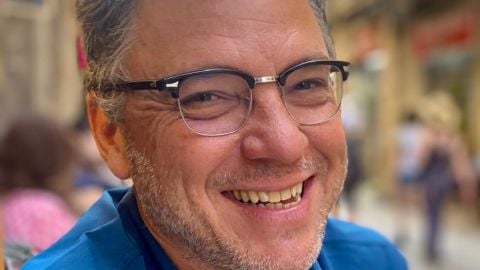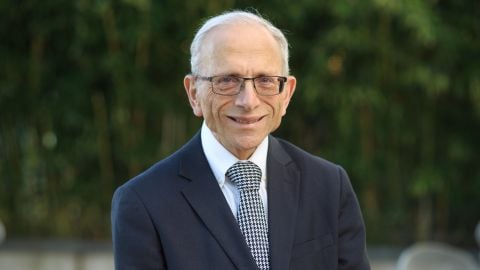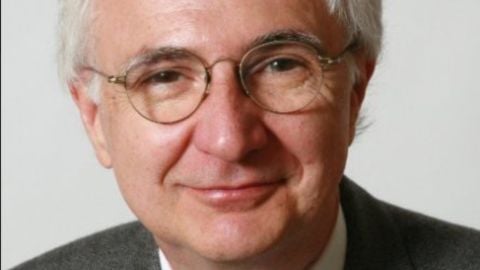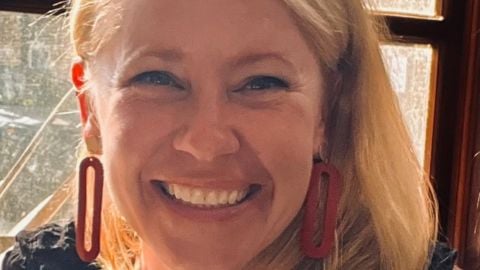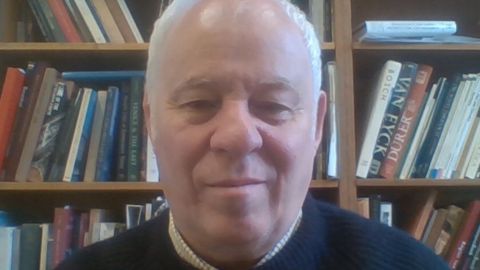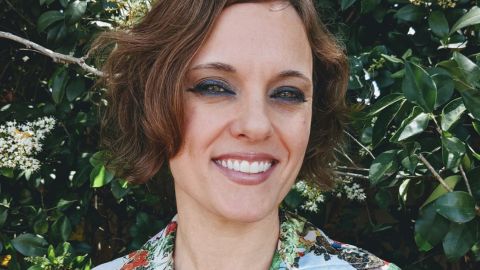Stephen Boyd Davis, Royal College of Art, discusses the visualization of historical time, illustrated by key examples from the eighteenth century when the modern timeline was invented. An important divergence is evident, between those who want to use rhetorical visual metaphors to tell a graphical story, and those who prefer to let the data ‘speak for itself’, allowing patterns to emerge from the distribution of data points across a surface. Boyd Davis traces this history through to modern debates about the role of rhetoric in visualisation. Does data talk, or do we need to talk on its behalf?
Image Reference: Weigel, Christoph. 1720. Discus chronologicus. Nuremberg. 51cm × 49cm (detail). Collection and photo: Stephen Boyd Davis.
Image courtesy of interviewee. March 21, 2017
